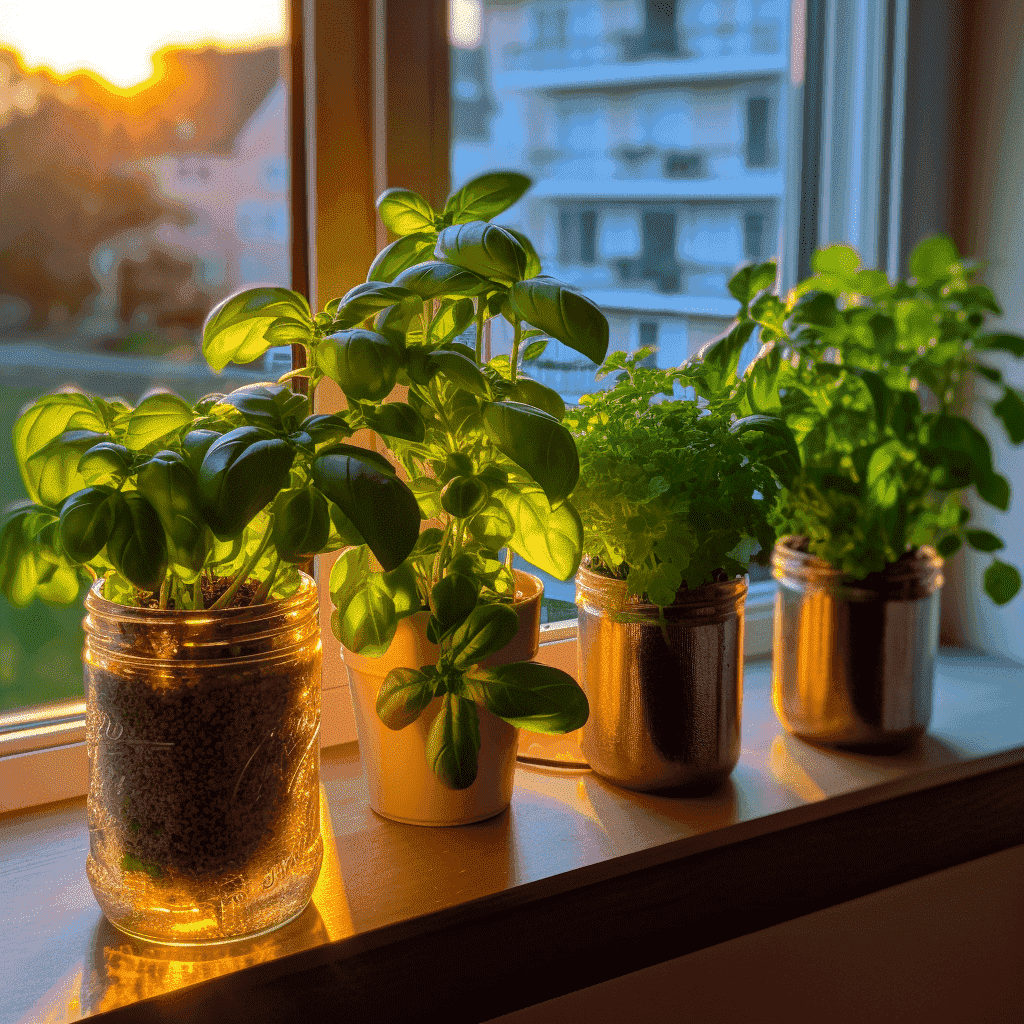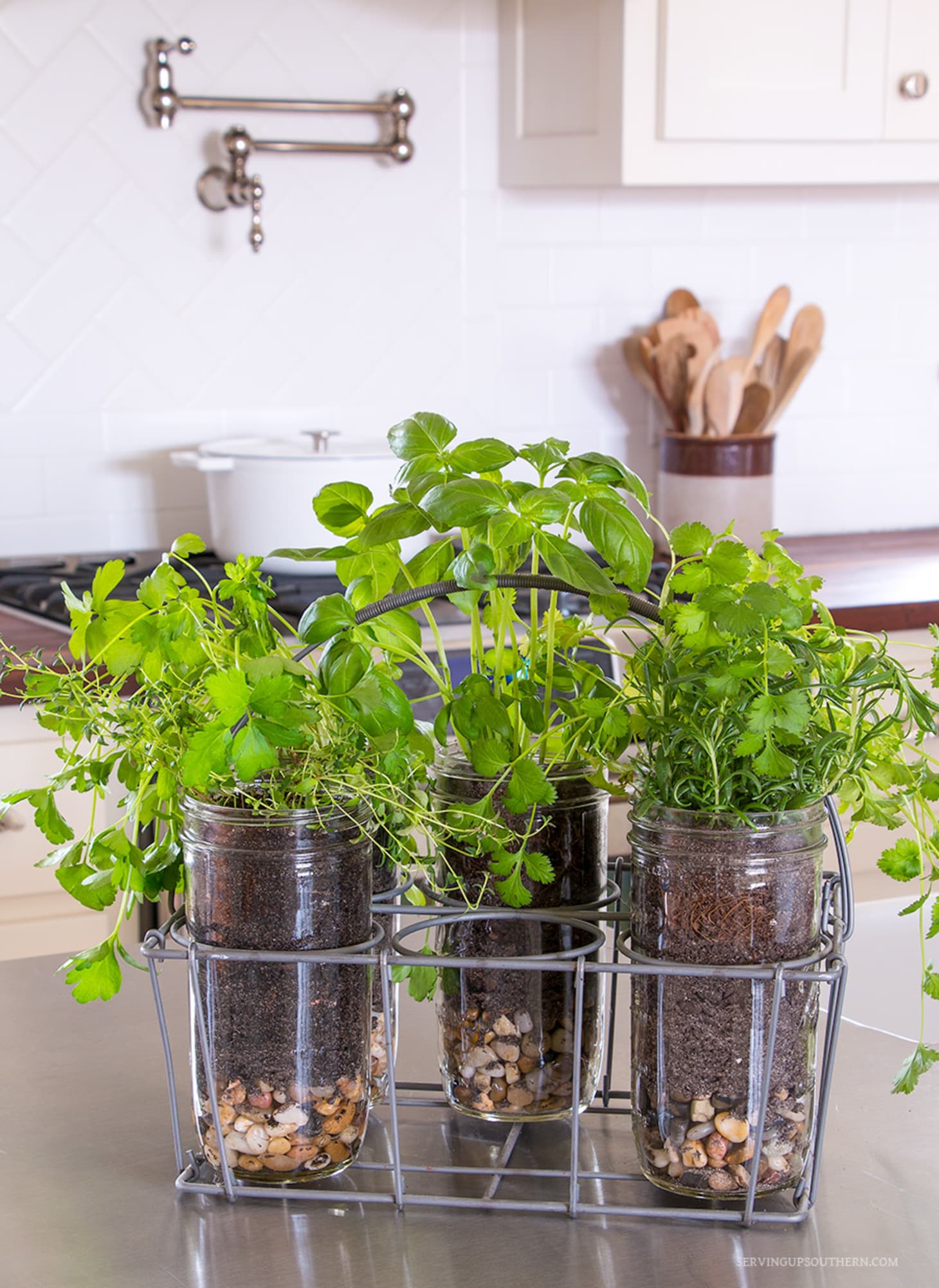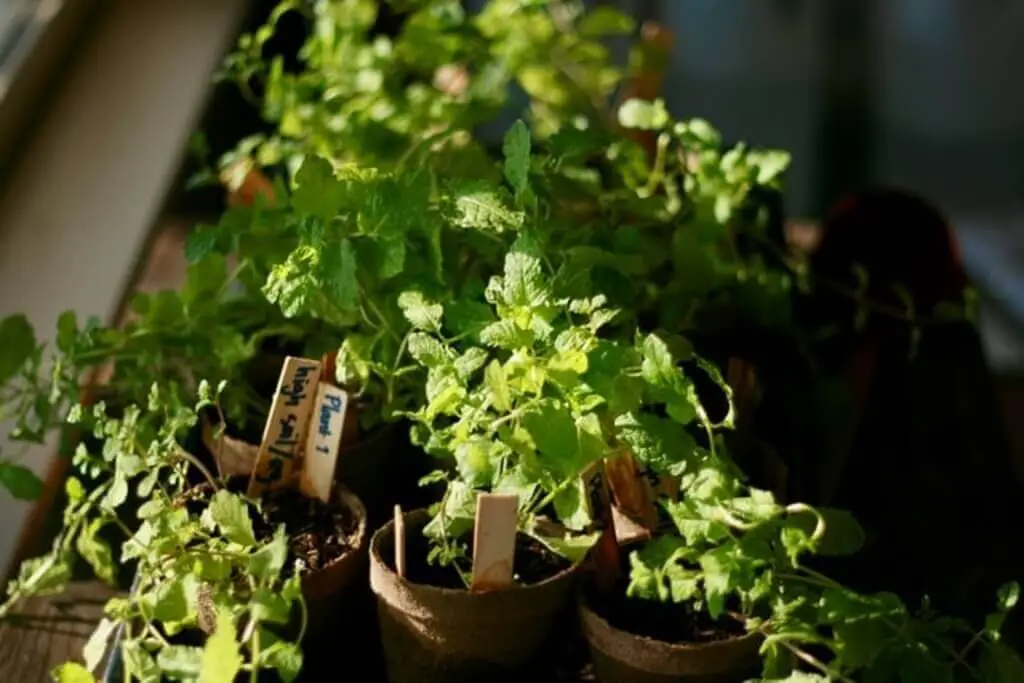Grow Herbs Indoors: No Sunlight Needed

Imagine transforming your home into a lush, fragrant oasis without needing a single ray of sunlight. Sounds like a dream, right? Well, it's not just a dream—it's a reality! Growing herbs indoors without sunlight is not only possible but also incredibly rewarding. Whether you live in a bustling city with limited outdoor space or simply want to add a touch of nature to your home, indoor herb cultivation is the perfect solution. Let's dive into the world of low-light herbs and discover how you can become a master of indoor gardening.
Understanding Indoor Herb Cultivation
The Basics of Growing Herbs Indoors
Growing herbs indoors is a fantastic way to add fresh flavors to your meals and enhance your living space. But what if you don't have access to natural sunlight? Don't worry—there are plenty of herbs that thrive in low-light conditions. Before we get into the specifics, let's understand the basics of indoor herb cultivation.
Choosing the Right Herbs
Not all herbs are created equal, especially when it comes to their light requirements. Some herbs, like basil and rosemary, need plenty of sunlight to flourish. However, there are several low-light herbs that can thrive indoors without direct sunlight. Here are a few examples:
- Mint: This versatile herb is known for its refreshing flavor and can grow well in low-light conditions.
- Parsley: A staple in many dishes, parsley can tolerate lower light levels and still produce lush foliage.
- Chives: These onion-like herbs are not only delicious but also quite resilient in low-light environments.
- Lemon Balm: With its lemony scent and flavor, lemon balm is a great addition to your indoor herb garden and can grow well without direct sunlight.
Herb Growing Tips for Low-Light Conditions
Selecting the Perfect Spot
Even though these herbs can grow without direct sunlight, they still need some light to thrive. Choose a spot in your home that receives indirect light, such as a north-facing window or a well-lit room without direct sun exposure.
Soil and Watering
The right soil and watering techniques are crucial for successful indoor herb cultivation. Use a well-draining potting mix to prevent root rot. Water your herbs regularly, but be careful not to overwater. A good rule of thumb is to water when the top inch of soil feels dry to the touch.
Temperature and Humidity
Herbs prefer temperatures between 65°F and 75°F (18°C and 24°C). Maintain a consistent temperature and avoid placing your herbs near drafty windows or heat sources. Humidity is also important, so consider misting your herbs occasionally or placing a tray of water near them to increase humidity levels.
Sunlight Alternatives for Indoor Gardening
Artificial Lighting
If your home doesn't receive enough natural light, artificial lighting can be a game-changer. LED grow lights are a popular choice for indoor gardening. They provide the necessary light spectrum for plant growth and are energy-efficient.
Reflective Surfaces
Another clever trick is to use reflective surfaces to maximize the available light. Place your herbs near mirrors or white walls to reflect light and create a brighter environment for your plants.
Rotating Your Plants
Even low-light herbs can benefit from occasional exposure to brighter light. Rotate your plants regularly to ensure they receive light from different angles and prevent them from becoming leggy.
Indoor Gardening: A Rewarding Hobby
The Joys of Indoor Gardening
Growing herbs indoors is not just about having fresh ingredients at your fingertips. It's also a rewarding hobby that can improve your mental well-being. Caring for plants has been shown to reduce stress and increase happiness. Plus, the satisfaction of watching your herbs grow and thrive is unmatched.
Enhancing Your Living Space
Indoor herb gardens can transform your home into a lush, inviting space. The greenery adds a touch of nature, and the fragrant herbs can create a calming atmosphere. Whether you place your herbs on a windowsill, a shelf, or a dedicated herb garden stand, they will surely enhance your living space.
Conclusion
Growing herbs indoors without sunlight is not only possible but also incredibly rewarding. By choosing the right herbs, selecting the perfect spot, and using sunlight alternatives, you can create a thriving indoor herb garden. Indoor gardening is a wonderful hobby that can improve your mental well-being and enhance your living space. So, why not give it a try? Your home will thank you!
FAQs
What are the best low-light herbs to grow indoors?
- Some of the best low-light herbs to grow indoors include mint, parsley, chives, and lemon balm. These herbs can thrive in lower light conditions and still produce lush foliage.
How often should I water my indoor herbs?
- Water your indoor herbs regularly, but be careful not to overwater. A good rule of thumb is to water when the top inch of soil feels dry to the touch.
Can I use artificial lighting for my indoor herb garden?
- Yes, artificial lighting can be a great alternative if your home doesn't receive enough natural light. LED grow lights are a popular choice for indoor gardening as they provide the necessary light spectrum for plant growth and are energy-efficient.
What is the ideal temperature for growing herbs indoors?
- Herbs prefer temperatures between 65°F and 75°F (18°C and 24°C). Maintain a consistent temperature and avoid placing your herbs near drafty windows or heat sources.
How can I enhance the humidity levels for my indoor herbs?
- To enhance humidity levels for your indoor herbs, consider misting them occasionally or placing a tray of water near them. This will create a more humid environment, which is beneficial for many herbs.


0 Response to "Grow Herbs Indoors: No Sunlight Needed"
Post a Comment